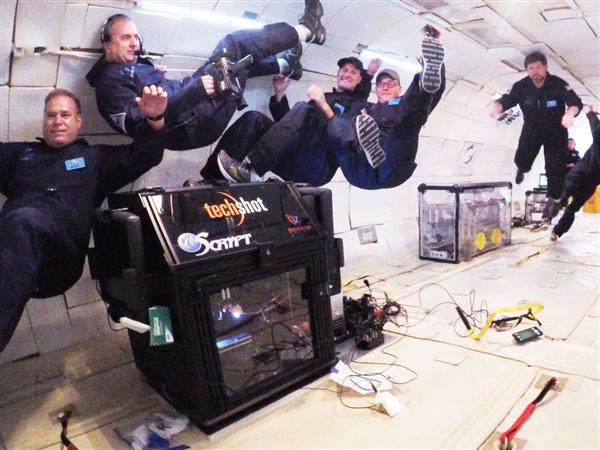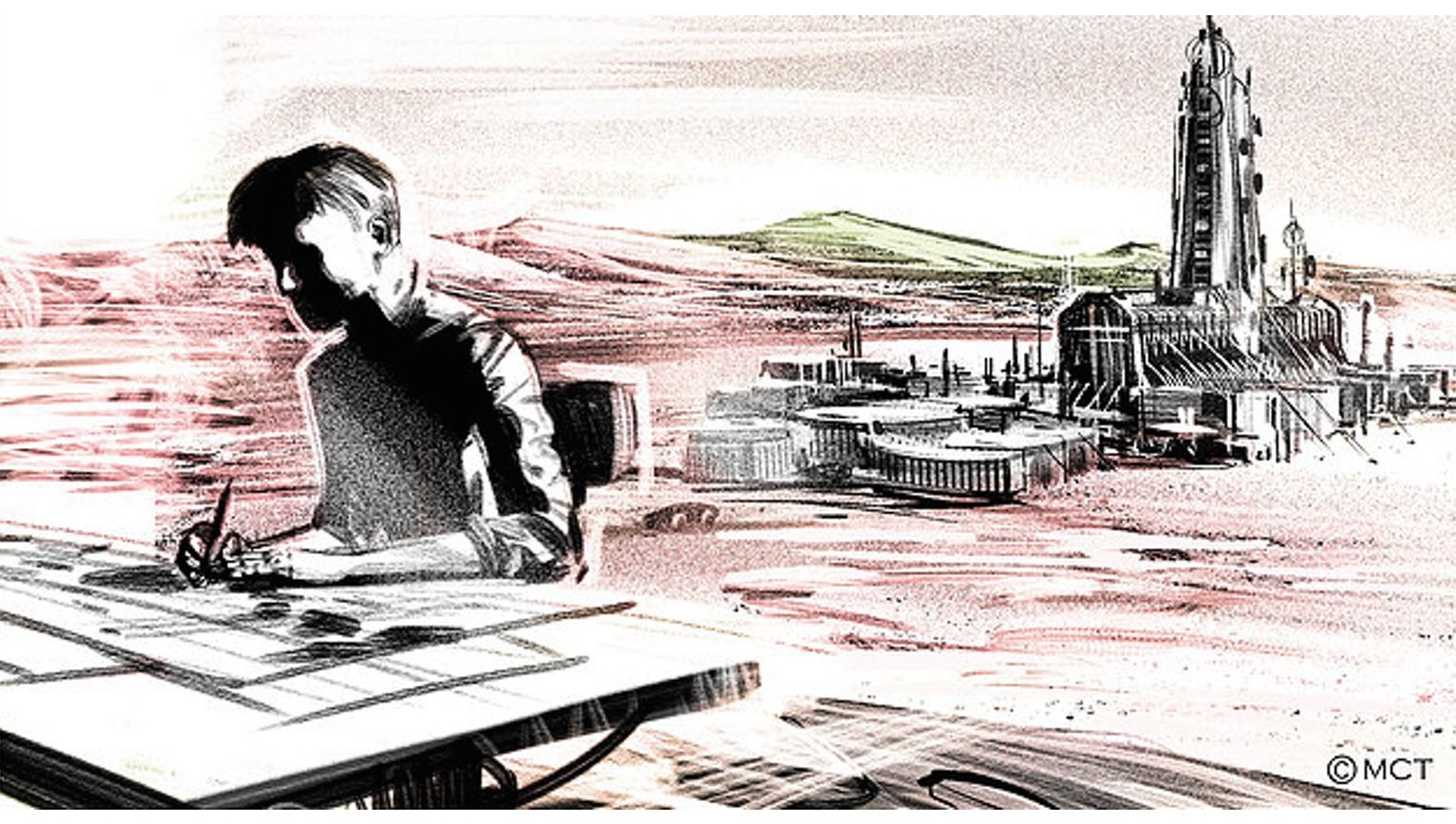Amazon billionaire Jeff Bezos today put a spotlight on the construction of a giant rocket production facility in Florida for his Blue Origin space venture – but he also gave a shout-out to the engine production team back in Kent, Wash.
In an email to Blue Origin’s fans, Bezos noted that ground has been broken for an orbital vehicle manufacturing site at Exploration Park, just south of NASA’s Kennedy Space Center in Florida. (Ground-clearing actually began last month.)
“The 750,000-square-foot rocket factory is custom-built from the ground up to accommodate manufacturing, processing, integration and testing,” Bezos wrote. In comparison, the production facility in Kent where Blue Origin is building rocket engines and its New Shepard suborbital spaceships takes in about 300,000 square feet.









